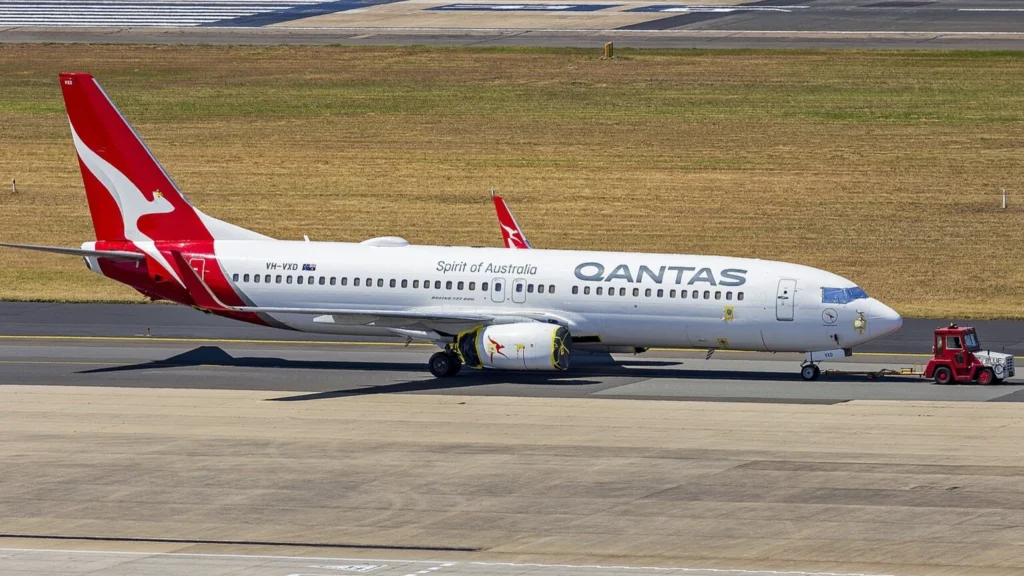On May 4, 2024, Qantas Flight Kaika (QF) from Sydney to Brisbane encountered severe turbulence, resulting in injuries to three cabin crew members due to communication failures between flight and cabin crews. The turbulence occurred shortly after the seatbelt sign was illuminated as the plane descended through cloud cover at about 11,400 feet.
The pilot had anticipated mild turbulence but failed to communicate the seriousness of the weather conditions to the cabin crew. During routine pre-landing duties, three crew members were injured: two sustained minor injuries, while one suffered a broken ankle. Despite the captain’s orders for everyone to be secured during landing, four individuals remained unrestrained, including injured crew members.
The investigation by the Australian Transportation Safety Authority (ATSB) revealed significant gaps in communication, particularly regarding cabin status and crew safety. This lack of effective communication heightened risks during critical flight phases and led to inadequate medical evaluations for the injured crew members.
In response, Qantas updated their protocols to require immediate consultations with on-call doctors following serious injuries and instituted new assessments of crew fitness post-turbulence. The ATSB noted that nearly 80% of turbulence-related injuries involve cabin crews, stressing the need for enhanced communication protocols between flight and cabin teams to improve safety in complex operational scenarios.
Source link


